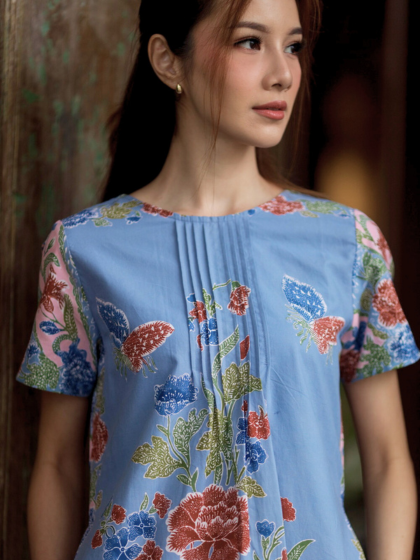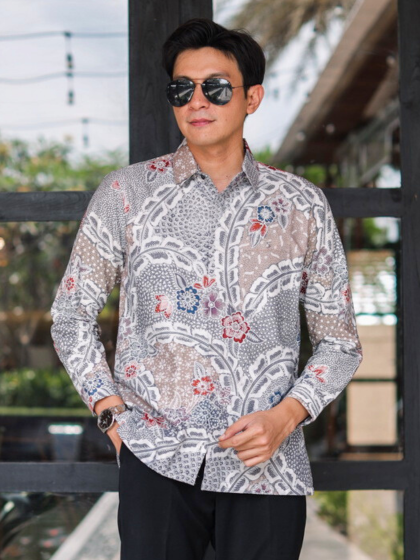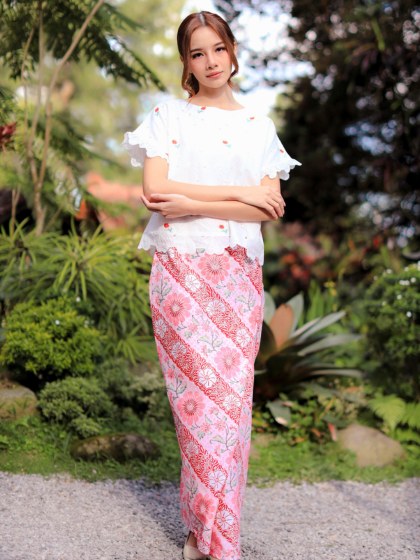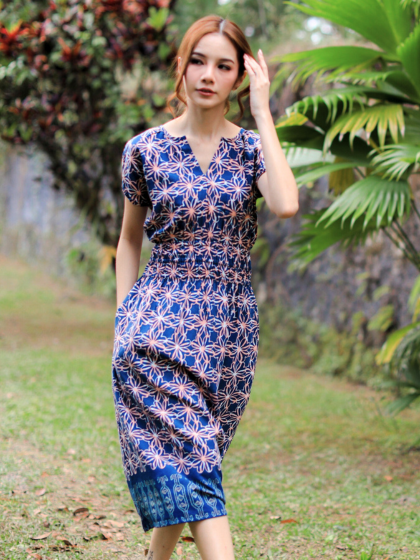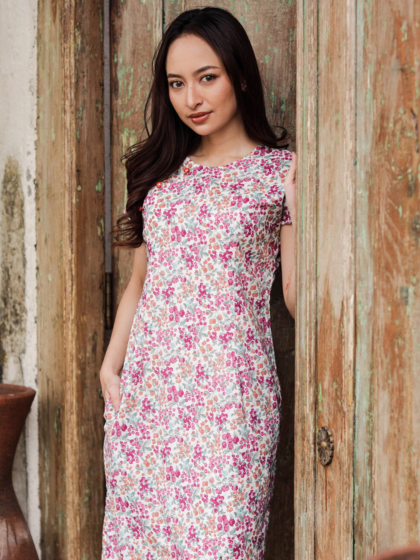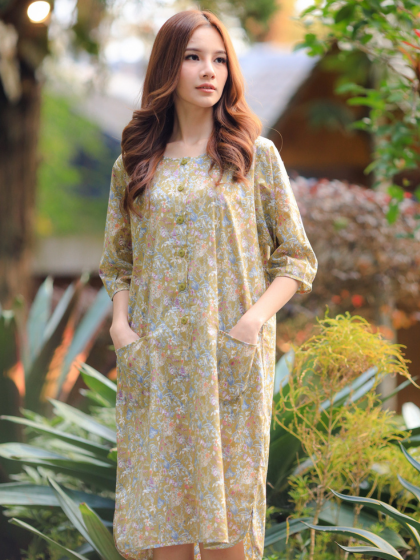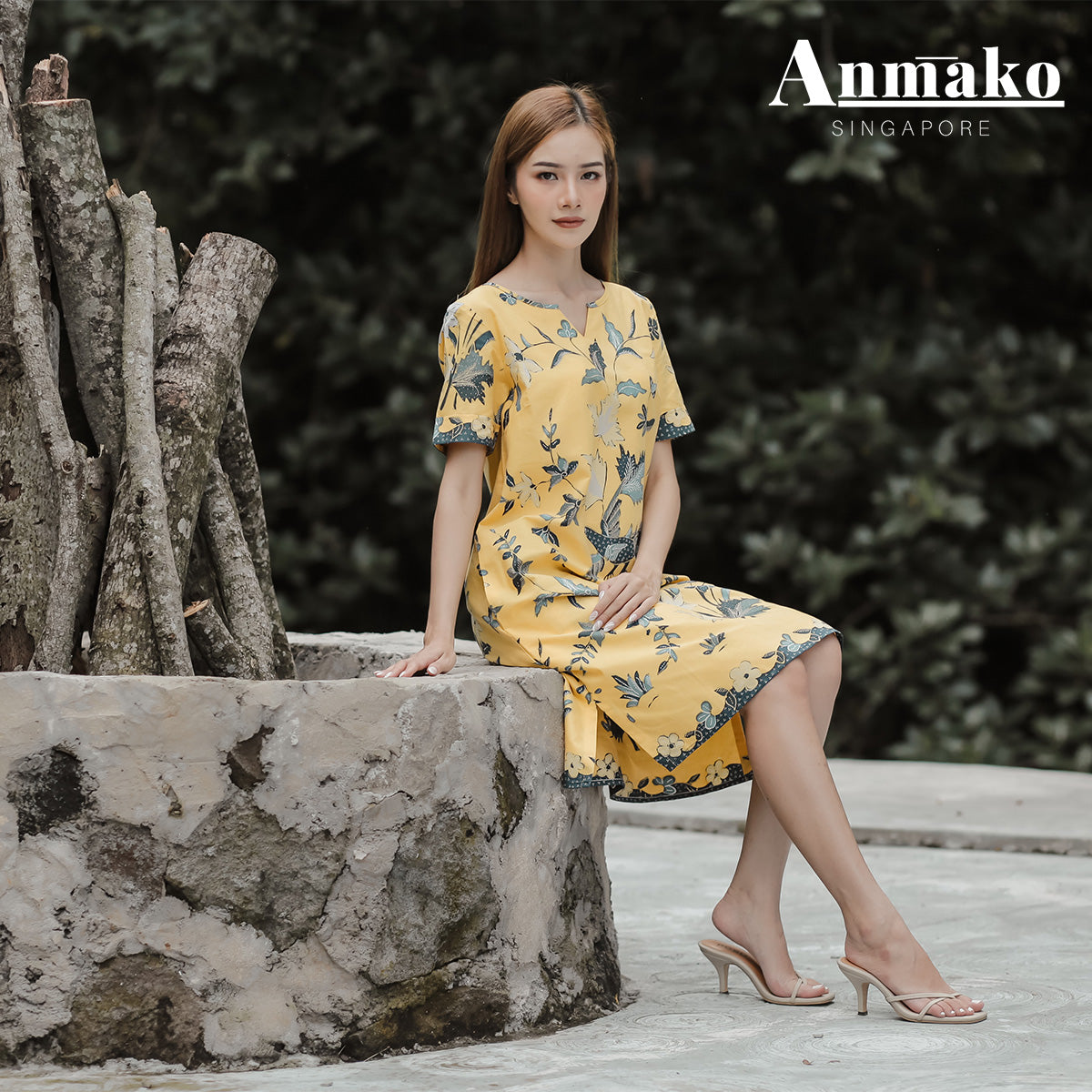Batik, with its rich history and intricate designs, is a textile art form that has captured the hearts of many around the world. However, as with any treasured art form, there are imitations in the market that can easily deceive the untrained eye. To help you distinguish between the real deal and mere replicas, this article has put together these essential tips for distinguishing genuine batik, enabling you to make informed choices when purchasing or collecting these beautiful textiles.
Feel the fabric
One of the most tangible ways to identify authentic batik is by having a feel of the fabric. Characteristics of real batik should feel soft, supple, and breathable. Authentic batik will also have a slightly raised, waxy texture due to the traditional wax-resist dyeing process. This textural effect arises from the wax's role in obstructing dye penetration into select portions of the fabric.
Another approach to assessing the fabric involves scrutinising it for inherent irregularities, such as slubs or variations in the weave. Genuine batik clothing is frequently crafted from handwoven textiles, which may exhibit minor flaws. These imperfections serve as a hallmark of craftsmanship and signify the piece's genuine nature.
Check the reverse side
An often-overlooked indicator of handcrafted batik is examining the reverse side of the fabric. Authentic batik is created using a meticulous process where hot wax is applied to specific areas of the cloth before dyeing. The wax prevents the dye from reaching these areas, resulting in a distinct pattern on the front of the fabric. However, this process also leaves its mark on the reverse side.
When inspecting a piece of batik, flip it over and closely examine the back. You should see a mirrored version of the design from the front. This "resist" pattern on the reverse side showcases the meticulous craftsmanship and the labour-intensive nature of the traditional batik-making process.
Look for handmade imperfections
Real batik is a meticulous and skill-demanding art form, underscoring the importance of seeking handcrafted imperfections when discerning its genuineness. To achieve this, closely examine the design for subtleties like slight variations in line thickness, delicate traces of colour blending, or minor wax cracks. These irregularities provide evidence of the artisan's personal touch and reflect the organic nature of the dyeing process. In this way, they not only authenticate the batik but also breathe life into its true essence, preserving the legacy of this timeless craft.
Learn more: Why Batik Clothes Are The Best Gift For Your Dad This Father's Day
Distinguishing real batik is a skill that can be honed with practice and a keen eye for detail. With these quality assurance pointers in mind, you'll come to recognize that these pieces are not only stunning artistic creations but also a reflection of the artisan's skill and of the rich cultural legacy they carry forward.
Ready to uncover the intricate craftsmanship behind every thread of authentic batik? Anmako, a leading batik shop in Singapore, offers an exquisite collection that embodies tradition and style. Reach out to us to explore the artistry that makes each piece truly unique, and immerse yourself in the heritage of batik today!

